What are the Best Wine Regions to Visit in France?
France is not just famous for its excellent cuisines, peachy beaches, and alluring landscapes. Its rich vineyards in its wine regions have a global reputation that is by far difficult to reach. Regardless of where you have visited before now, the country is arguably the best place for a cracking wine tour. And with a visit to the French wine-producing regions, you can hardly go wrong, as you taste some of the purest and most exquisite wine.
For wine lovers, this will not come as a surprise because the country is where winemaking and viticulture were first refined. Producing about 7 to 8 billion bottles yearly, the French wine regions make up the world’s largest wine producers. To be precise, wines from France accounts for 29.1% of total wine exports worldwide.
If you are planning to visit the country on your next vacation, you should include the wine-producing regions in France in your itinerary for a perfect tasting experience. As a tip before visiting, wines in France are generally named after the location of the vineyard. They are not called by the grape variety, and there are standard rules that prescribe where, how, and under what conditions grapes are grown.
Alsace, Bordeaux, Burgundy, Champagne, Loire Valley, Provence, and Rhone Valley are the main wine regions in France. These are the major producers but are other parts that are into wine production as well.
Here Is A List Of The Best Wine Regions to Visit in France
Bordeaux
A major center for wine trade and production, the southwestern French city, tops our list of the most beautiful wine regions. The city owes its premium vino credentials to its temperate climate and closeness to the ocean. Bordeaux, with Champagne and Burgundy, are the three most important French centers of viticulture. The long and flat Médoc peninsula might not last this century because of the rising sea levels, which would be a massive blow to the country.
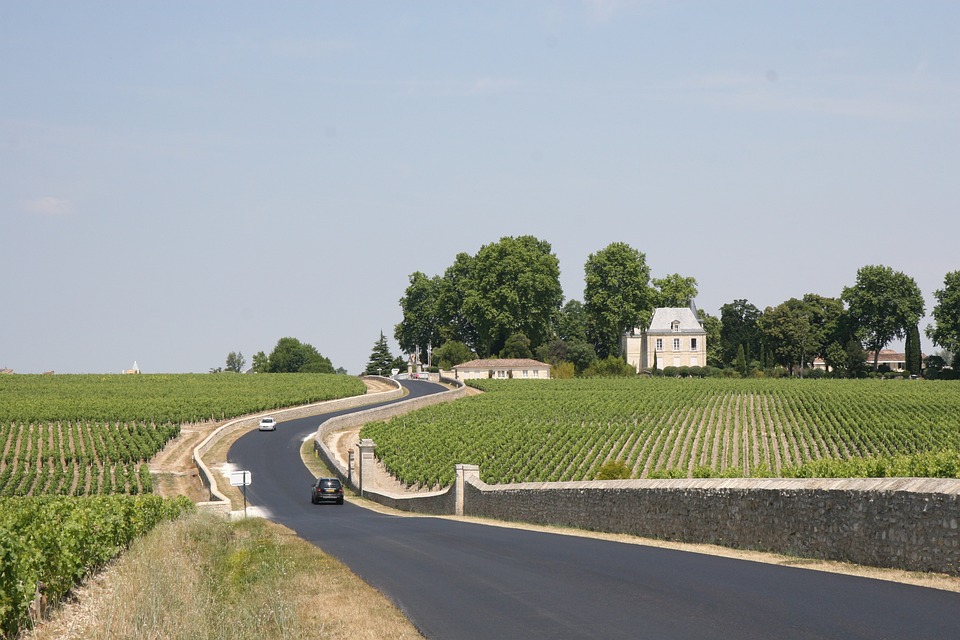
Many of Bordeaux’s wines are a mix of Merlot (for its smooth richness and depth) and the Cabernet Sauvignon (for fruit and body). The velvety Grand Cru wines from the big chateaus of the Médoc peninsula and from Pomerol and St Emilion are pricey, but some of the lesser-known Margaux and St Julien wines are cheap. Great red wines from Pessac-Léognan, Lalande de Pomerol, and Montagne de St Emilion are inexpensive as well. White wines from Graves and Côte de Blaye are also great and affordable wines. You can also go on a wine tour to Bergerac where the golden Monbazillac wine is made. Bordeaux is the most expansive wine-producing French region. It comprises of Petrus, Yquem, Cheval-Blanc, Mouton Rothschild, Haut-Brion, etc.
Bordeaux itself is an ideal destination for connoisseurs of wine and gourmets who just want to enjoy the best of Europe. In the city, you will find interesting bars, historical pieces, and cultural centers; there are indeed many things to do there.
Burgundy
Stretching from the south of Paris to the north of Lyon lays Burgundy. Some of France’s finest and most expensive wines are made from this terroir comprised of clay, limestone, and stone soil. Burgundy benefits from a semi-continental oceanic climate that varies according to the territory. Pinot Noir and Chardonnay are the region’s most important and widespread grape types.
Many of the grapevines in Burgundy have been cultivated by monks since at least the 500s. The names of the religious communities became the names of some of France’s most popular wines: Chambertin, Santenay, Pommard, and Meursault. Walking around the great vineyards, you will be dazed by how small they actually are. The properties are each made up of many small, disconnected parcels of land. 3,500 properties are responsible for two-thirds of the 24,000 hectares of vines planted.
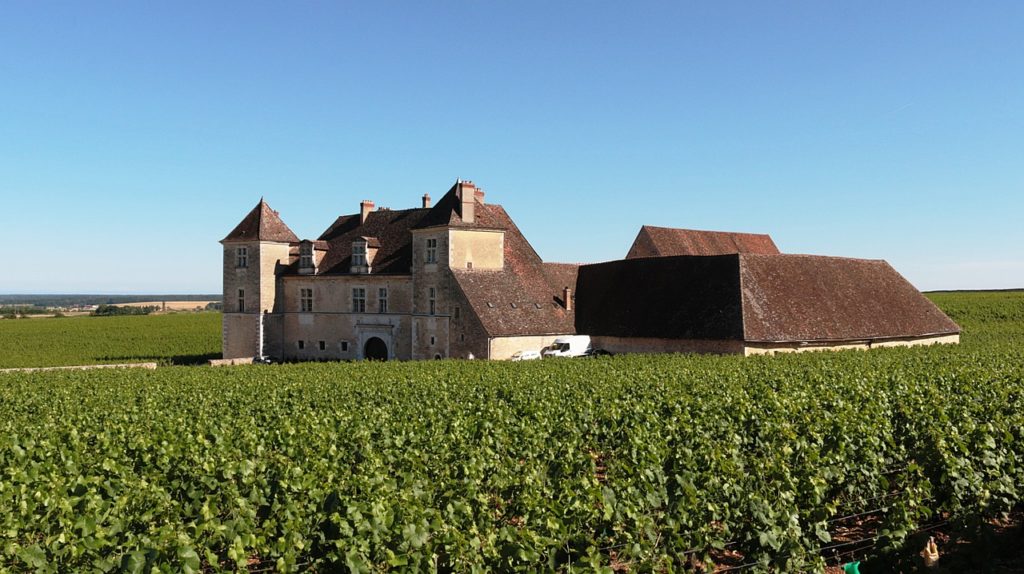
A great white Burgundy like a Corton Charlemagne or red wine from the Hospices de Beaune can be some of the finest drinkings you might ever know, but they come at very high prices. The vineyards run down the scenic valley of the River Saône from Dijon in the north, where you see the Côte de Nuits and below it the Beaune region, down to Macon where you will find the beautifully smooth Pouilly Fuisse whites.
They are nearly exclusively Chardonnay for the white wines and Pinot Noir for the reds. You can treat yourself to some excellent less-famous village wines in the region like Volnay, St Aubin, Puligny-Montrachet, and Chassagne-Montrachet for low prices. Meanwhile, the Pommard is more expensive if you want to go for an alluringly costly option. The city can be visited by train.
Champagne
Still holds the epithet as the most renowned wine region in the world, Champagne is less than 200km northeast of Paris. Before now, the wines of this region were not sparkling wines. However, Dom Périgno changed that when he found out that carbon dioxide made the bubbles and that he could make good use of it by bottling the wine before it is fermented.
Champagne has been part of our life’s journey, as we tend to drink it in honor of momentous events, milestones, and celebrations. It is situated near Reims, the area’s calcareous marly soils combined with the dual oceanic and continental climatic influence production. You will find many beautiful champagne houses of different sizes. Some of the smaller houses have popular names- but you can definitely catch fun in any of the houses, regardless of size. Some reputable houses include Moet & Chandon, Veuve Cliquot, and Taittinger.
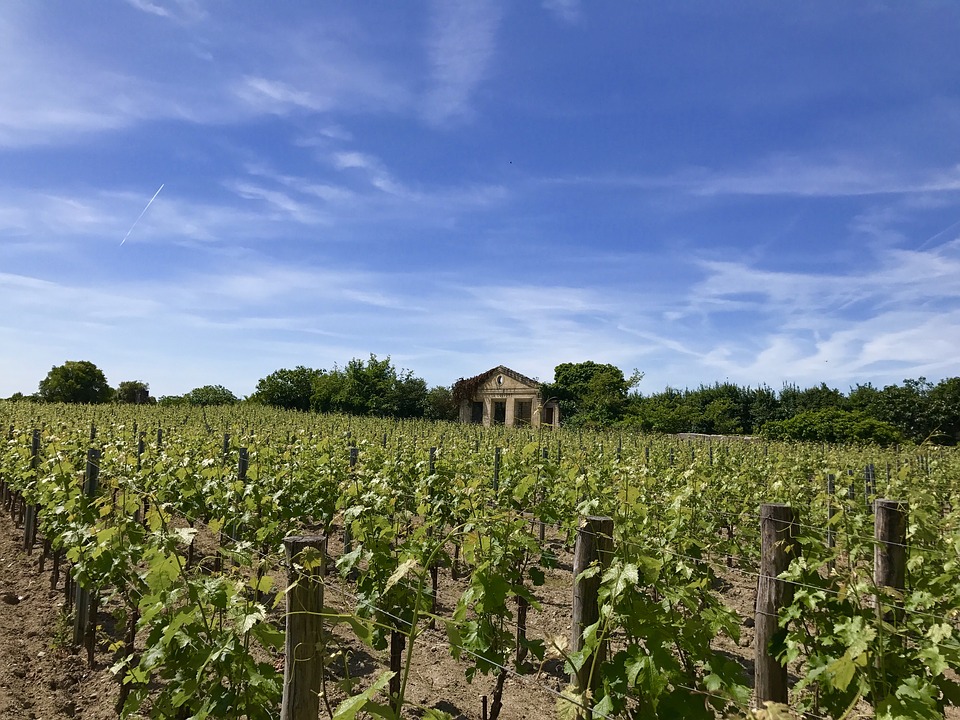
Apart from the colder climate of this vine region, it lends itself to be perfect for both Pinot Noir and Chardonnay. And as you might observe, Champagne’s white wines are usually crisper, lighter, and less fruity than other places in France.
To enjoy Champagne, there are lots of exciting things to see. And if you happen to be in Reims, stop at one of the top international Champagne houses for a tour. There are also various things to see in Epernay, where you can stroll along the major street of beautiful 19th-century mansions owned by famous personalities.
If you are on your tour, the day trip allows you to stop at multiple places where you will learn about the traditions and history of the Champagne area. A stop at Epernay (the world’s most expensive area), Mercier Champagne’s underground cellars are hosting many of Champagne and the village of Hautvillers popular for being the place where Champagne was born. In addition, you get to have a taste of three different Champagnes before you take your leave.
Loire Valley
Recognized as a UNESCO World Heritage Site, the Loire Valley is one of the country’s most pulsating regions. Though its stunning romantic castles are admirable to many, its whites wines are equally popular. The Loir Valley is a buzzing wine lover’s mecca! After seeing the castles, do not forget a fantastic wine tasting here, made from Sauvignon Blanc, Cabernet Franc, and Chenin Blanc grapes.
The soft and flinty white Muscadet wines of the region are exquisitely made to accompany seafood. Northward, towards Orleans, is the Sancerre vineyards of Sauvignon Blanc grapes, making a perfectly refined white wine. Just across the river are the reputable Pouilly Fumé vineyards.
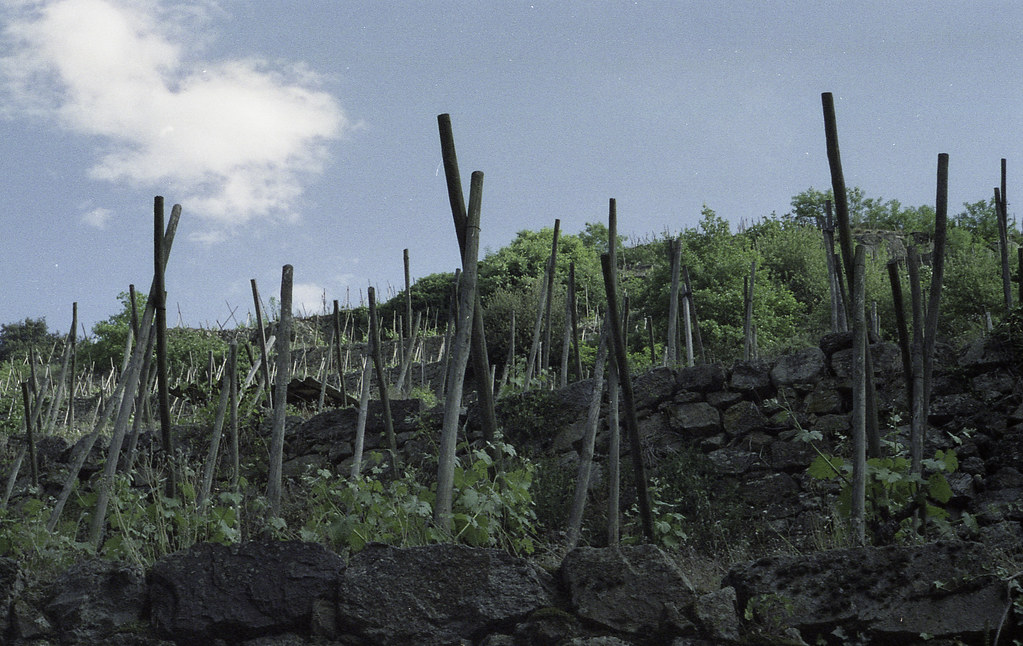
The Pays Nantais, Anjou-Saumur, Touraine, and the central Vineyard are the main wine areas in the Loire Valley. Wines you will find in Loire Valley are light reds, fruity light reds, crisp, dry sparkling wine, and smooth light reds for your tasting pleasure. When you take a tour of the Loire Valley, you will probably visit two of the best wineries in Loire Valley of the Vouvray Appellation. Not only will you enjoy wine tasting in the region, but you will also have the chance to speak with winemakers who will be willing to share their tips on winemaking and wine tasting.
The climate changes according to the five sub-regions but is usually dictated by the presence of the river. Visit some of the areas in this exciting region like Touraine, where you can taste Vouvray and Bourgueli in the troglodyte cave wine cellars. Chinon, where there is a private castle, is also an excellent place to sip wines produced by the castle’s owners.
Alsace
With its splendid landscapes, Alsace is one of the jewels of northeastern France, and it produces delicious white wines you might not find native anywhere else. Its white wines have Germanic names (it borders Germany). Alsace produces about 10% red (pinot noir) while the white and the velvet wines are made from Riesling, Gewurztraminer, Sylvaner, Pinot Gris, and Muscat grapes.
This region’s villages and fortified cities have a picturesque allure, medieval chateaus, and half-timbered houses, all embedded into the hilly vineyard-covered landscapes.
Beaujolais
Though not as popular, Beaujolais has some of the most amazing wineries you will ever see. It is located in the south of Burgundy. Every year, Beaujolais Nouveau is promoted as vin nouveau. Thanks to the relentless marketing campaign for the area’s wine-producing credential, the region now has a striking image that downplays the real quality of the area’s Brouilly and Moulin à Vent wines; displaying show the goodness of the Gamay grape.
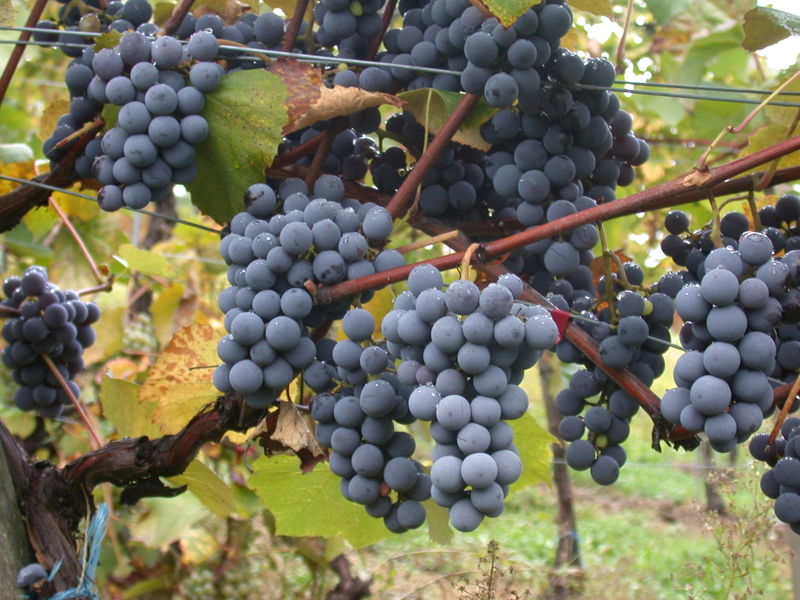
Provence
The area ranks high among French wine districts near the Mediterranean coast. Located just a few hours’ drive northwest of Nice, Provence is one of the warmest places in the country. Once given the appellation of the poorest of wine-producing regions, Provence today has some premium quality vintages in the world. The best title given to it is Côtes de Provence, with rose predominating. Bandol is another sobriquet that the region has been conferred.
In addition, look for the light Côtes de Luberon and Côtes du Ventoux. You should also checkout Gigondas from the Dentelles and the well-known Châteauneuf-du-Pape that you will find between Avignon and Orange.
The wine produced in Provence is mainly whites and roses, and given the closeness to the southern region of Rhone, the wine Provence is quite similar to the one made in Rhone. The grape varieties you will find in Provence are Grenache, Syrah, Cabernet Sauvignon, and Cinsault. Provence is not that close to any major city, but there are gorgeous little villages and towns where you can do many things.
Côtes Du Rhône
Known for its wines, the Rhône region is spilled into Northern and Southern Rhône. Both sides of the region specialize in red and white wines despite their different climates. Meanwhile, the southern part is more popular among tourists. It is centered around the village of Châteauneuf-du-Pape- ergo, the name of the wines from this part of Côtes Du Rhone.
The great white wines produced of Hermitage produced here are made from Marsanne and Rousanne grapes, almost unique to the region. But is Southern Rhône, regional regulations allow a dizzying blend of different grapes to be added like Cinsault and Mourvèdre. Production is affordable as many red wines produced in the region are from the Grenache grape, which is cheap.
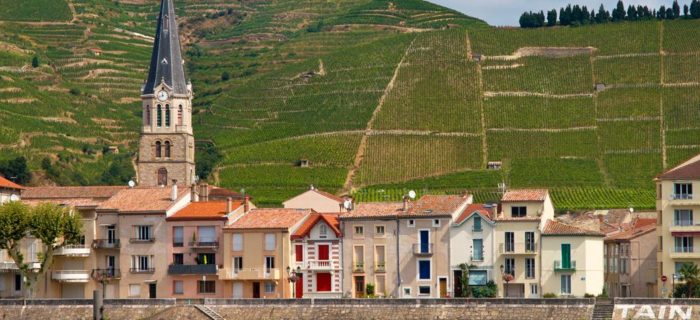
It might fascinate you that there is more wine produced in a part of the Southern Rhône than in the entire Northern Rhône. Apart from the red and white wines, rosé wines are also produced in the regions.
Languedoc Roussillon
Fondly called Wine Lake, the Languedoc Roussillon wine region is located in France’s southwest and is the largest wine region in France in terms of vineyard surface and production and is suitable for buying good quality cheap French wine.
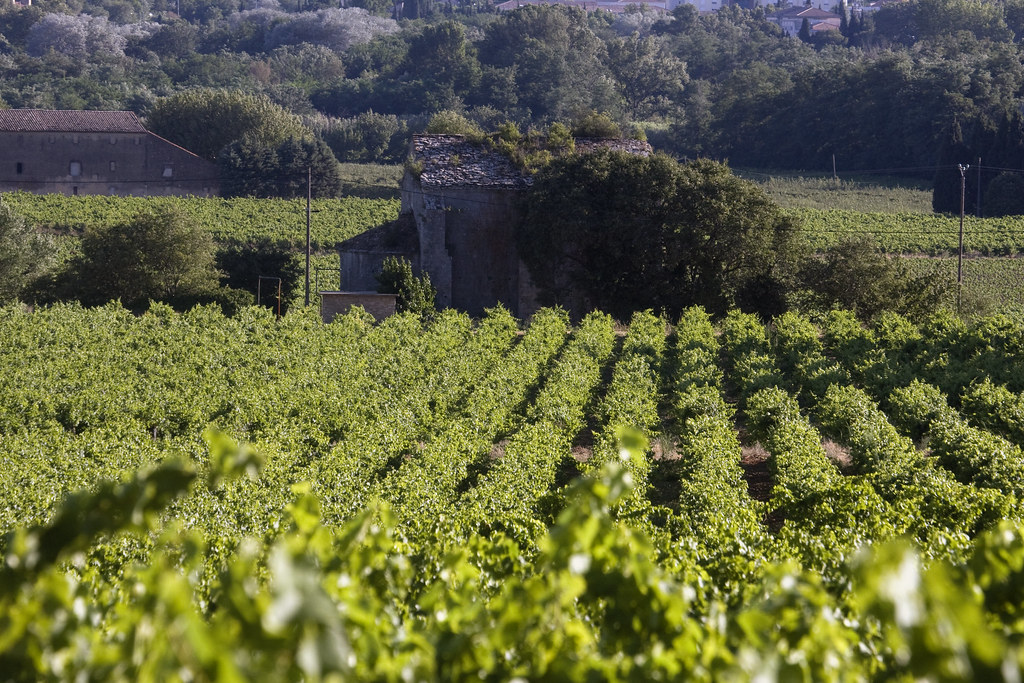
Given the region’s climate (warm with little rainfall), Languedoc Roussillon ranks among the most productive wine regions in the world. The wines produced here are diverse, including reds (Merlot to Cabernet Sauvignon to Syrah), whites (Sauvignon Blanc, Chardonnay, Grenache, and Muscat Blanc grape types), Vins doux naturels (naturally sweet wines) and Cremant de Limoux.
Best Wine Regions to Visit in France – Summary
As long as you have a well-designed itinerary before traveling, you wouldn’t miss a strand of joy that the French wine regions generously offer. They are the best place for wine tours, as you would find out.
